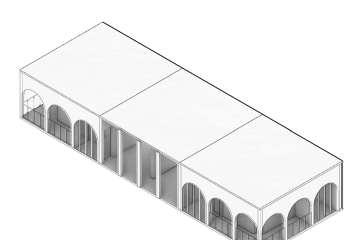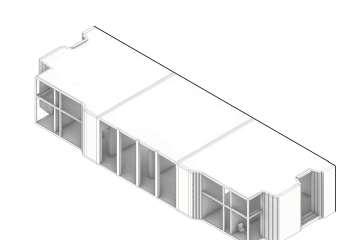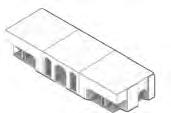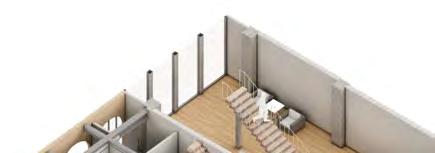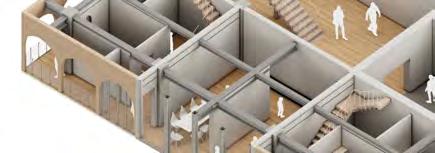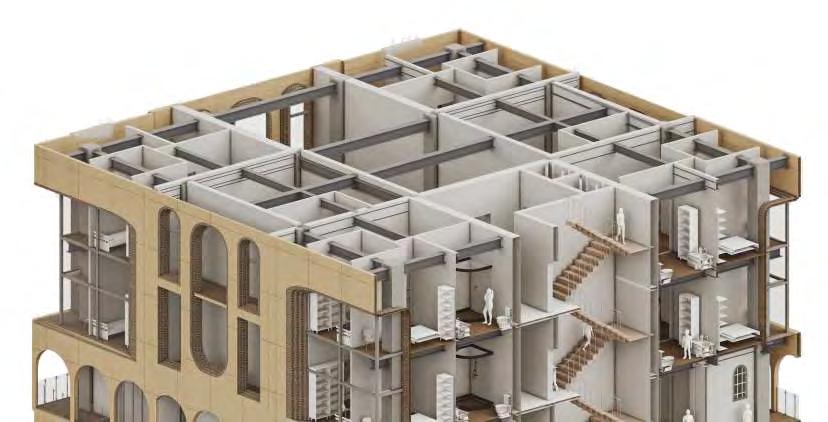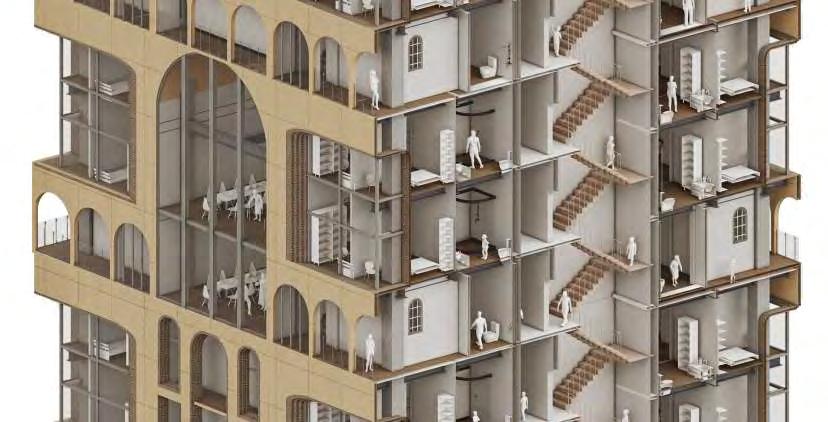07422948591xiazhengping981109@gmail.com ManchesterSchoolofArchitecture·RIBAPart2

MALL HUB
02 MULTI-PURPOSE LIBRARY RENOVATION

03 RECASTING RAILWAY MEMORIES



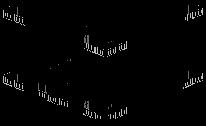

07422948591xiazhengping981109@gmail.com ManchesterSchoolofArchitecture·RIBAPart2

MALL HUB
02 MULTI-PURPOSE LIBRARY RENOVATION

03 RECASTING RAILWAY MEMORIES




SiteReading&DesignProposition RailNetwork
This project originates from a critical reading of Crewe’s infrastructural landscape—once a national railway hub, now a fragmented logistics town with disconnected public life. The site, a 53,000m² strip above active rail lines and next to warehouses, offers an opportunity to rethink the civic potential of logistical infrastructure.
The design introduces an automated multi-modal logistics facility combined with a second-hand market, learning spaces, and a civic shopping spine. The central question is: **How can architecture mediate between automated logistics and public engagement within a multimodal transport hub?**
The proposal treats reverse logistics not as backend waste, but as a catalyst for reuse, circular economy, and urban gathering—transforming ‘returns’into new beginnings.





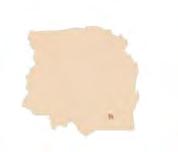








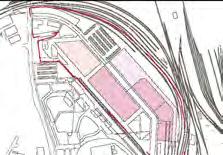





1.SiteObservation The logistical strength of Crewe stems from its railway network. However, this infrastructure has also fragmented the urban fabric and limited social connections. The chosensiteof 53,000squaremetres,locatednextto therailwaytracks,becamethestarting pointforre-imagininginfrastructureas adriverofurbancohesion.
2.DesignProposition
The project introduces a speculative automated logistics system on-site. As design progressed, a neighbouring 30,000m² landscape was integrated, not as passive green buffer, but as an active public realm—enabling richer forms of civic interaction and reintroducingpermeabilityacross thesite.
3.FramingtheQuestion
As the program evolved into a mixed-use hub combining education, work, and market spaces, the design shifted from a purely logistical lens to a socially embedded one. This led to the core research question:How can architecture mediate between automated logistical
A series of design moves define how public spaces link to

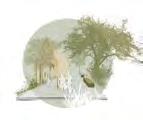




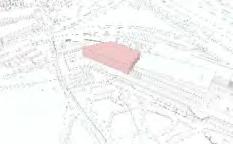







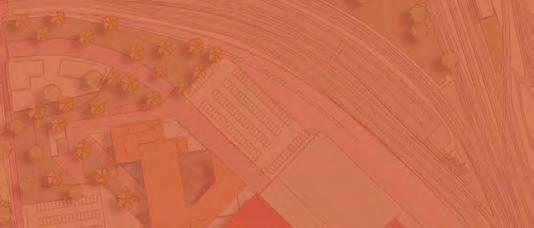








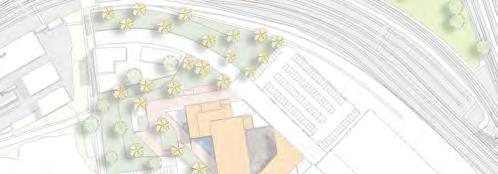





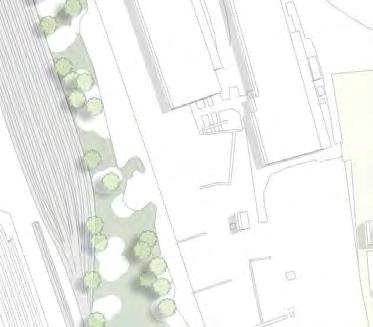
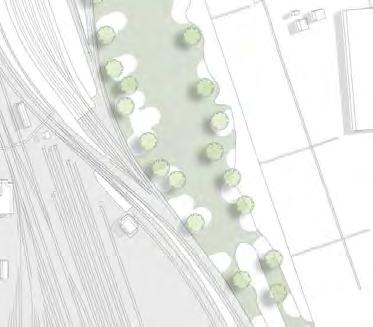
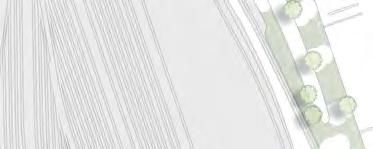







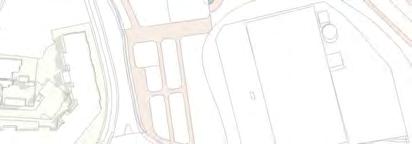


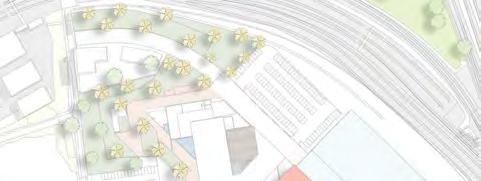
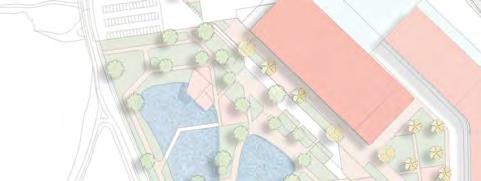



hierarchy and user movement.The floor plans reveal a layered program that shifts from public and commercial uses at ground level to civic and learning spaces above, with clear circulation cores connecting each floor.
The exploded axonometric clarifies the relationship between the building’s stacked functions and the separation of public, service, and logistics routes, ensuring both operational efficiency and an intuitive user experience.
The elevations highlight the composition of solid and glazed surfaces, material variation, and volumetric setbacks that define the building’s civic edge along the railway.





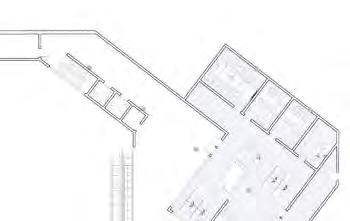



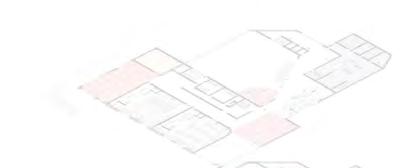







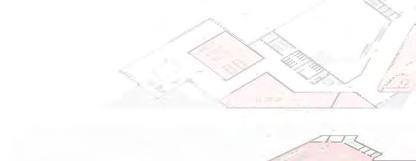


















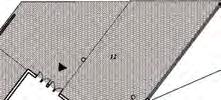













This page builds on the previous spatial logic analysis, translating it into elevations, sections, and selected interior views. The drawings and visuals reveal how the project’s spatial hierarchy and programmatic zones are expressed through material composition, façade articulation, and volumetric setbacks.
Sections highlight the relationship between public, service, and logistics functions, while interior perspectives capture the atmosphere of key communal and market spaces. Together, they illustrate how the architectural framework supports both operational clarity and rich user experience.
MaterialLogicinCivic Elevation














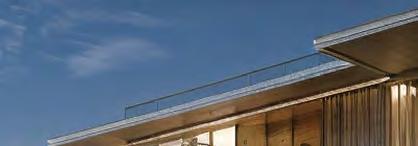












A flexible second-hand clothing market featuring movable racks, soft partitions, and communal zones. It supports casual browsing, exchange, and conversations, promoting slow fashion and social reuse.




A communal lounge adjacent to the exhibition zone, designed for both casual gatherings and cultural moments. Evening light filters through the glazed façade, turning the space into a soft stage framed by art, sound, and silence.










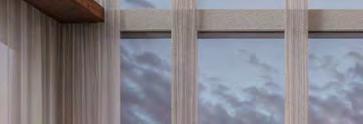


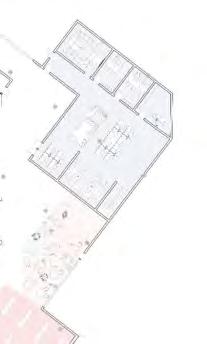



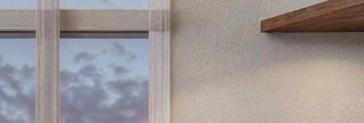
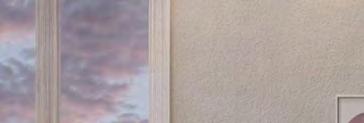





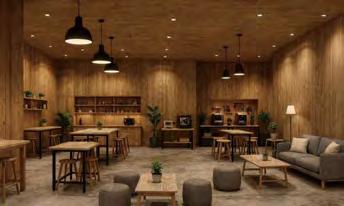
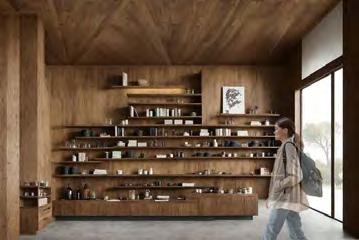





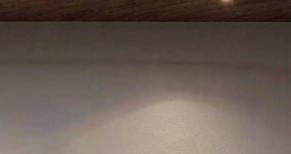


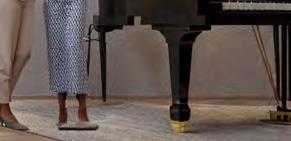

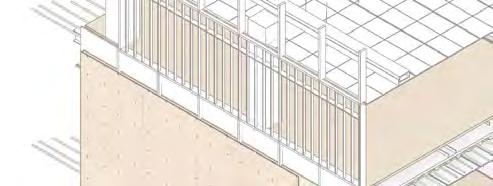

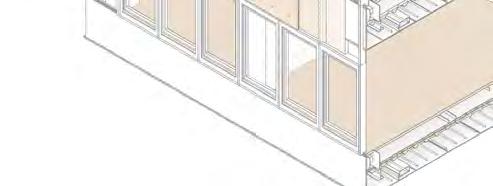




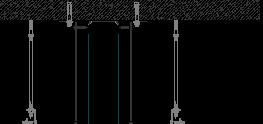





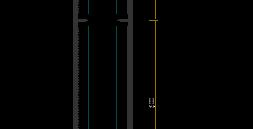

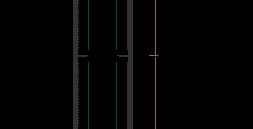
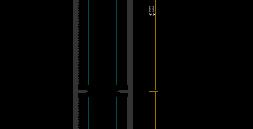








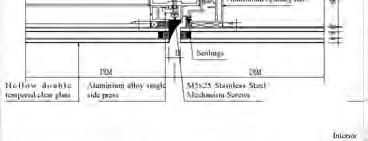



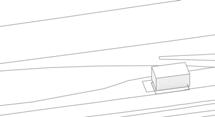


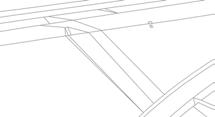



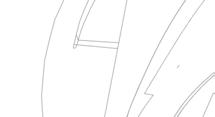





































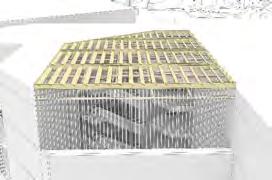




























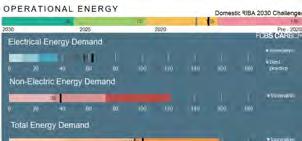


















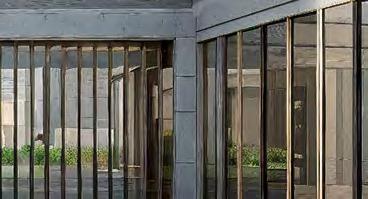

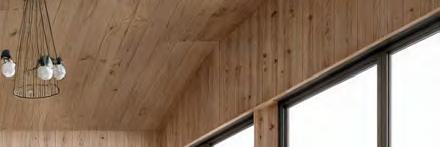








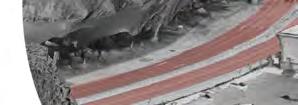
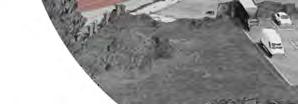

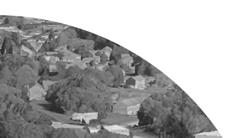
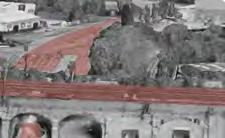

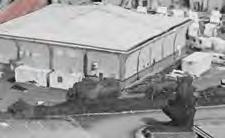
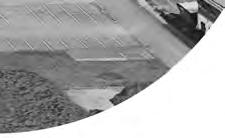






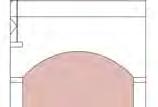






















































































































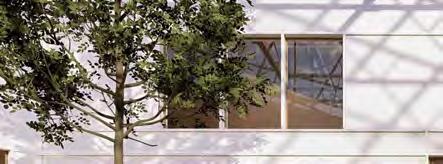








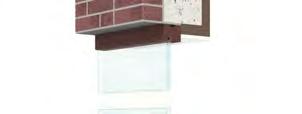


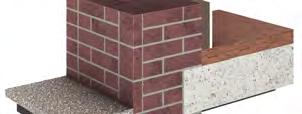


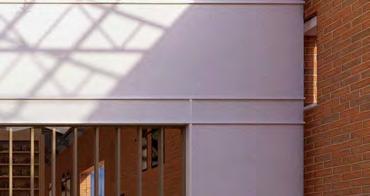

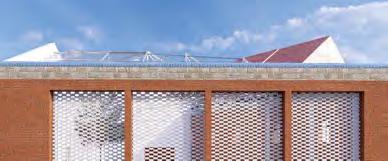


This page builds on the spatial logic analysis, translating it into elevations, sections, and selected interior views. The drawings and visuals reveal the project’s spatial hierarchy and programmatic zones through material composition, façade articulation, and volumetric setbacks.
Theroofisprimarilyatrussstructure,andtheThestructureisbasedontheoriginalroofwith
SECTION
Lonemotherfamiliesaccountfor84percentofall
single-parentfamilieswas2.9million,or15percent
Renders

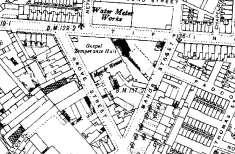


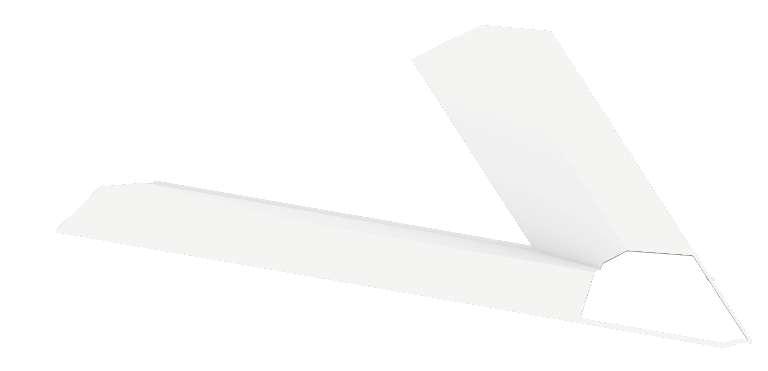


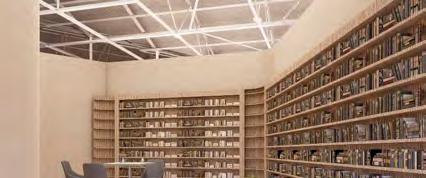


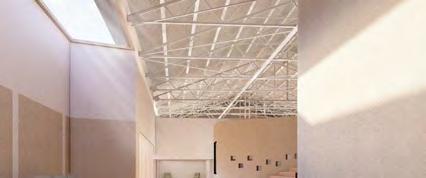




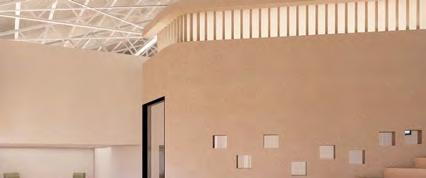






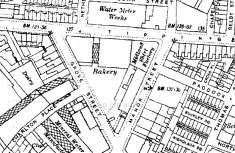




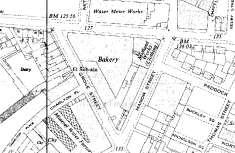
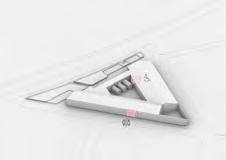
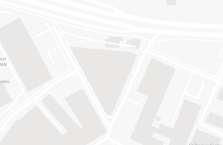
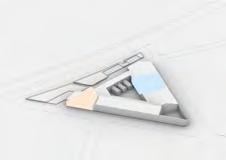
Thefoundationisreinforcedconcrete. Thefloorofthefirstfloorismainlyadoublelayerofacoustic woodflooring,whichreducesheatlossandimprovesacoustic insulation.
Proposedsection1







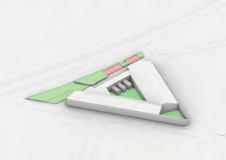
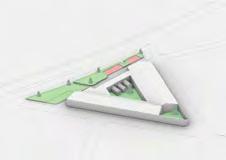






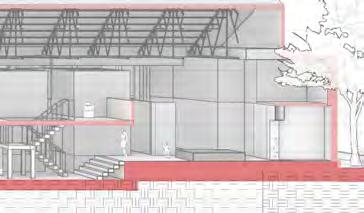

Selected works from undergraduate studies, showcasing technical detailing, adaptive reuse, and socially driven design approaches.

















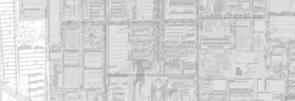
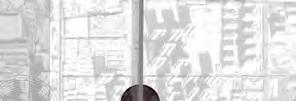
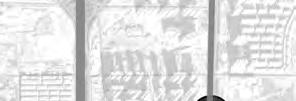











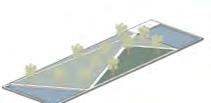
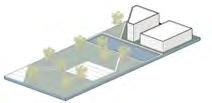
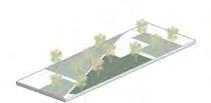

















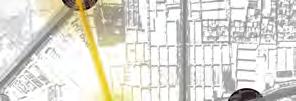




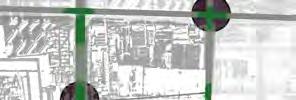


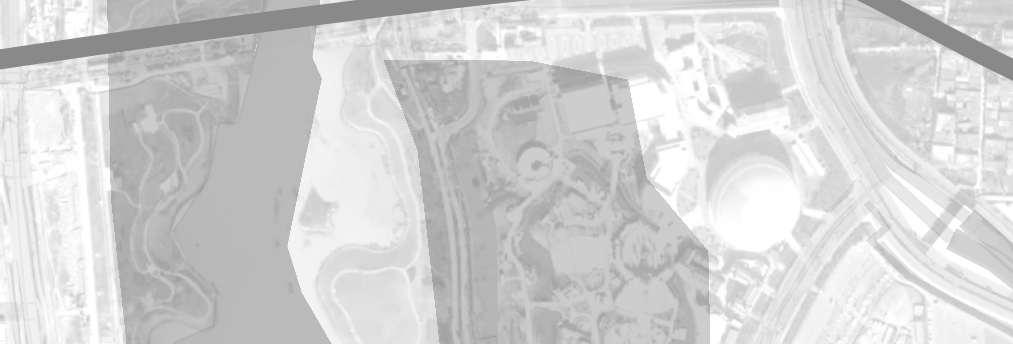








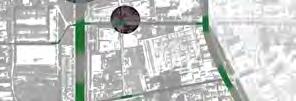



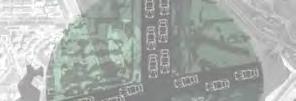



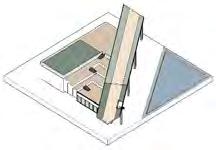
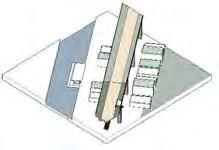
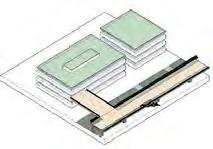





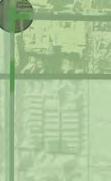








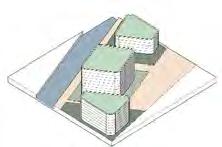
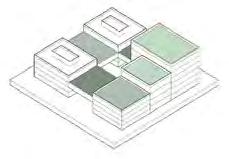











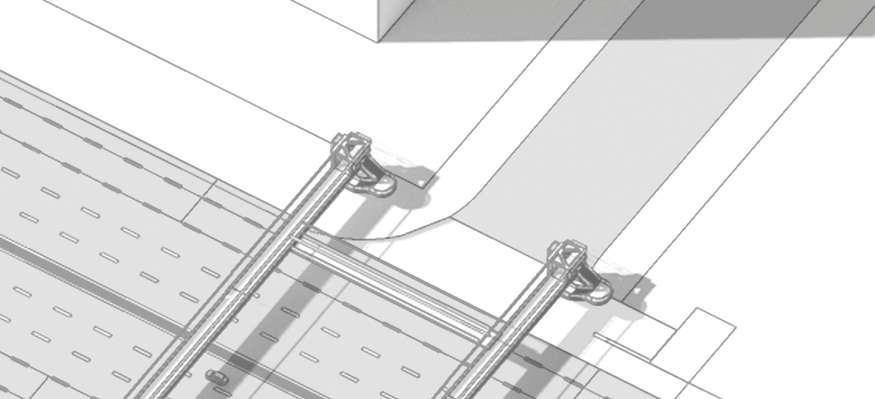




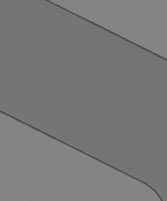






























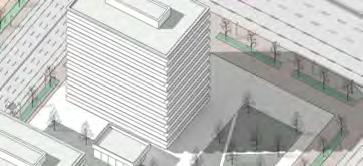




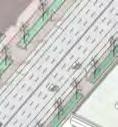


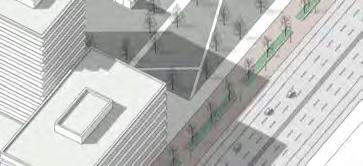












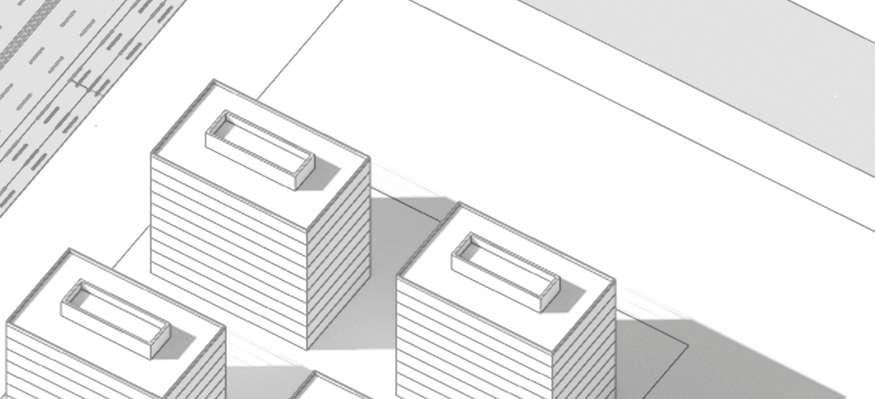





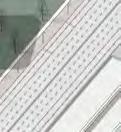






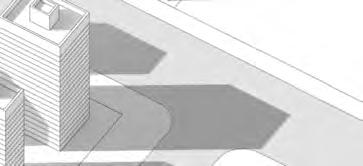




Dolores Hayden's paper 'What would a non-sexist city look like? Reflections on Housing, Urban Design and Human Work', published in the 1980s, in which she discusses the almost forgotten notion that women should stay at home. In China, there is real sexism in many aspects of women's lives.Through this project we hope to reflect this phenomenon and to visualise the suffering of women in the form of space.






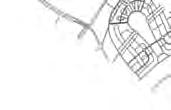

In recent years, the










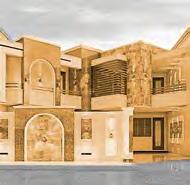








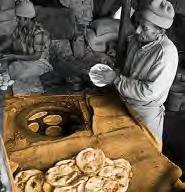







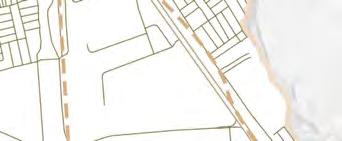
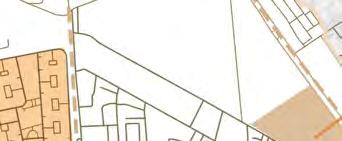

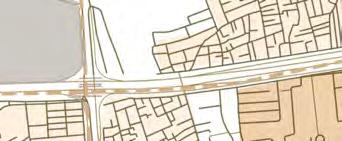
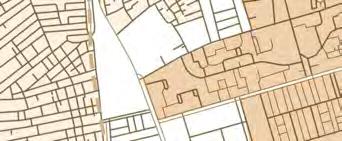










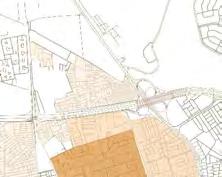
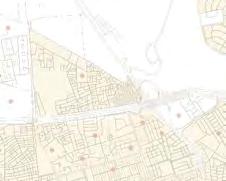


Apartment for a family of 3-4 people. S=35-50squremetres






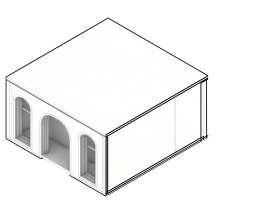



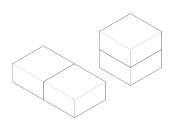


Apartment for a family of 7-8 people. S=80-100squremetres
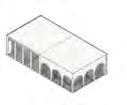


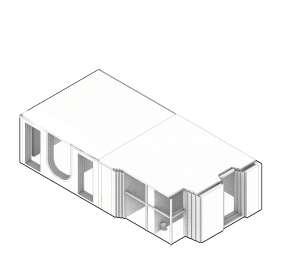
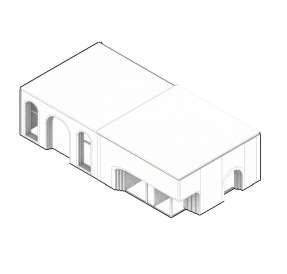


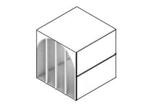




Apartment for a family of 3 generations. S=130-150squremetres
